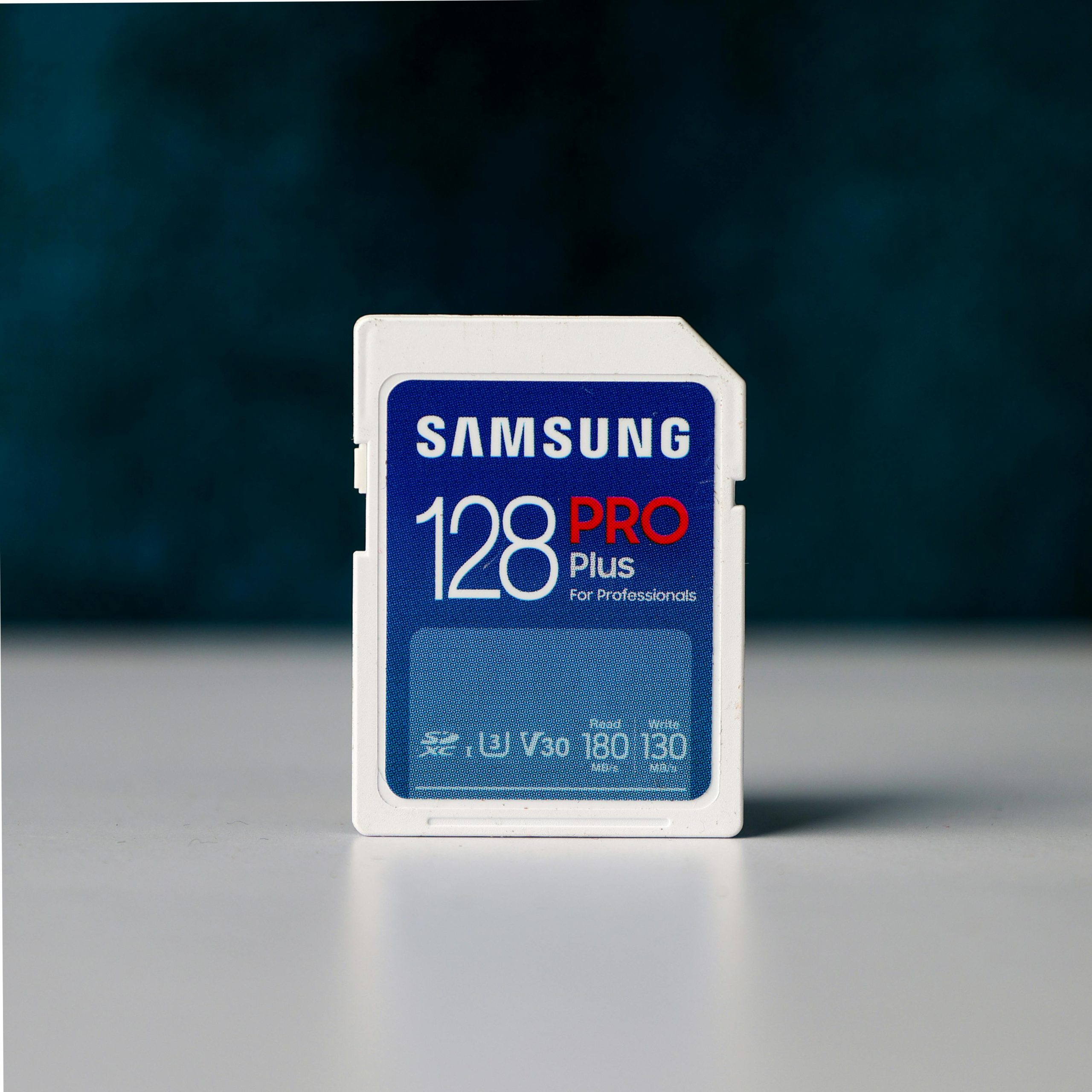Recovering Data from a Corrupted APFS SSD: A Guide to Effective Strategies
Introduction
Data corruption can be a stressful experience, especially when it involves valuable files stored on high-performance storage devices. If you’ve encountered a situation where your Samsung 990 Pro 2TB NVMe SSD, formatted with APFS (Apple File System), exhibits signs of corruption, you’re not alone. This article aims to provide a comprehensive overview of how to approach recovery, ensuring the preservation of your data, including original filenames and folder structures.
Understanding the Issue
In some cases, after macOS updates or even just connecting the drive, the APFS filesystem may become corrupted. Typical symptoms include:
- The drive being recognized by system tools like
diskutil list, displaying the correct disk size. - The APFS container failing to mount or be recognized.
- Disk Utility detecting the drive but not mounting any volumes.
- Errors during repair attempts, such as “Unable to find an APFS Container Reference” or “Container superblock is invalid.”
Scenario Summary
- Device: Samsung 990 Pro 2TB NVMe SSD via USB enclosure
- Filesystem: APFS on macOS 26
- Issue onset: Post-macOS update
- Data: Important files with original filenames and folder structure
- Current status: Drive detected but inaccessible; container structure compromised
Recommended Data Recovery Strategies
- Prioritize Data Integrity: Do Not Write to the Affected Drive
Before attempting any repair, avoid writing new data to the SSD. This minimizes the risk of overwriting recoverable information. If possible, mount the drive as read-only or disconnect it until ready to recover.
- Create a Sector-by-Sector Clone (Bit-by-Bit Backup)
Cloning the drive before further recovery efforts is highly advisable. Use reliable tools such as dd (on macOS or Linux) or specialized disk cloning software that supports raw cloning of APFS volumes. This way, you preserve the current state and can attempt recovery from the clone rather than the original, reducing further risks.
- Employ Specialized Data Recovery Tools
Several data recovery tools are optimized for APFS and can help recover data while preserving filenames and folder structures. Consider the following:
- DiskDrill for Mac: Supports APFS recovery with a user-friendly interface.
- Stellar Data Recovery for Mac: Known for its effective APFS data retrieval.
- R-Studio for Mac: Powerful file recovery capabilities
Share this content:


